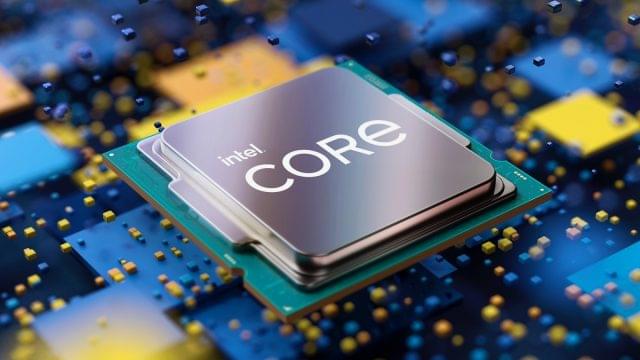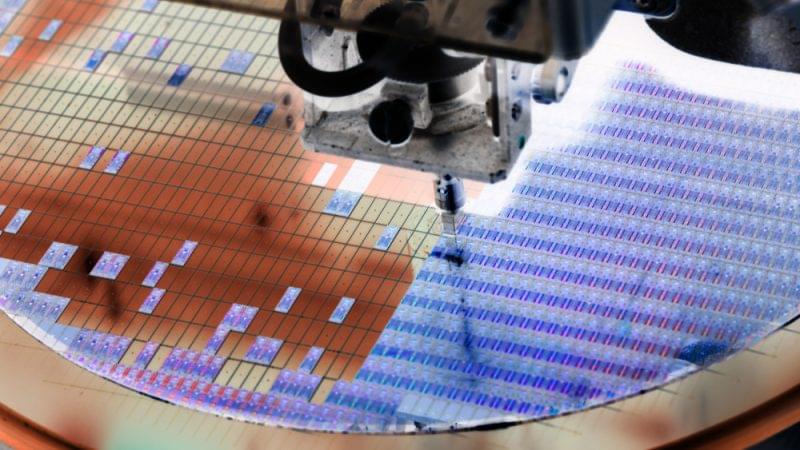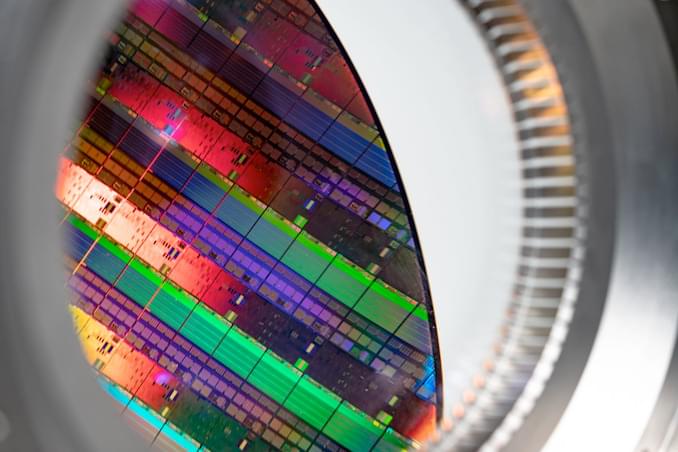The July issue of Scientific American magazine has a terrific review of the Voyager space mission that details the trips Voyagers 1 and 2 have made through the Solar System. The article is titled “Record-Breaking Voyager Spacecraft Begin to Power Down.” Both spacecraft have now entered interstellar space and are the first human artifacts to do so. Tim Folger wrote the article for Scientific American. Towards the end of the article, Folger points out that Voyagers 1 and 2 were designed before the advent of the microprocessor and that the mission has lasted 44 years, so far, which is about 40 years longer than the planned design life for the spacecraft.
The article then quotes Stamatios Krimigis, a PhD physicist and space scientist who’s spent more than half a century at the Johns Hopkins Applied Physics Laboratory. Krimigis says, “The amount of software on these instruments is slim to none. On the whole, I think the mission lasted so long because almost everything was hardwired. Today’s engineers don’t know how to do this. I don’t know if it’s even possible to build such a simple spacecraft [now]. Voyager is the last of its kind.”
Now hold on there.







